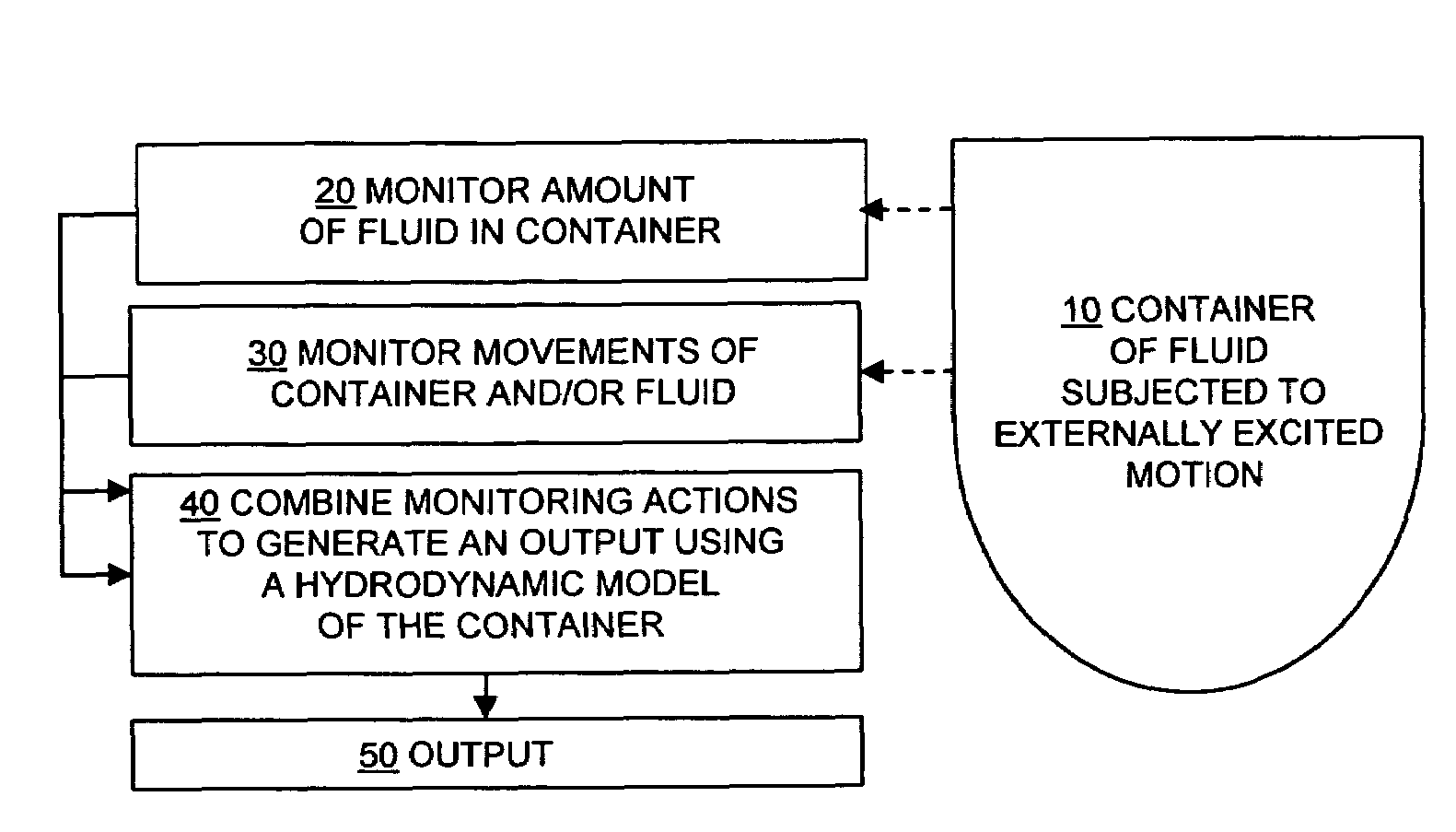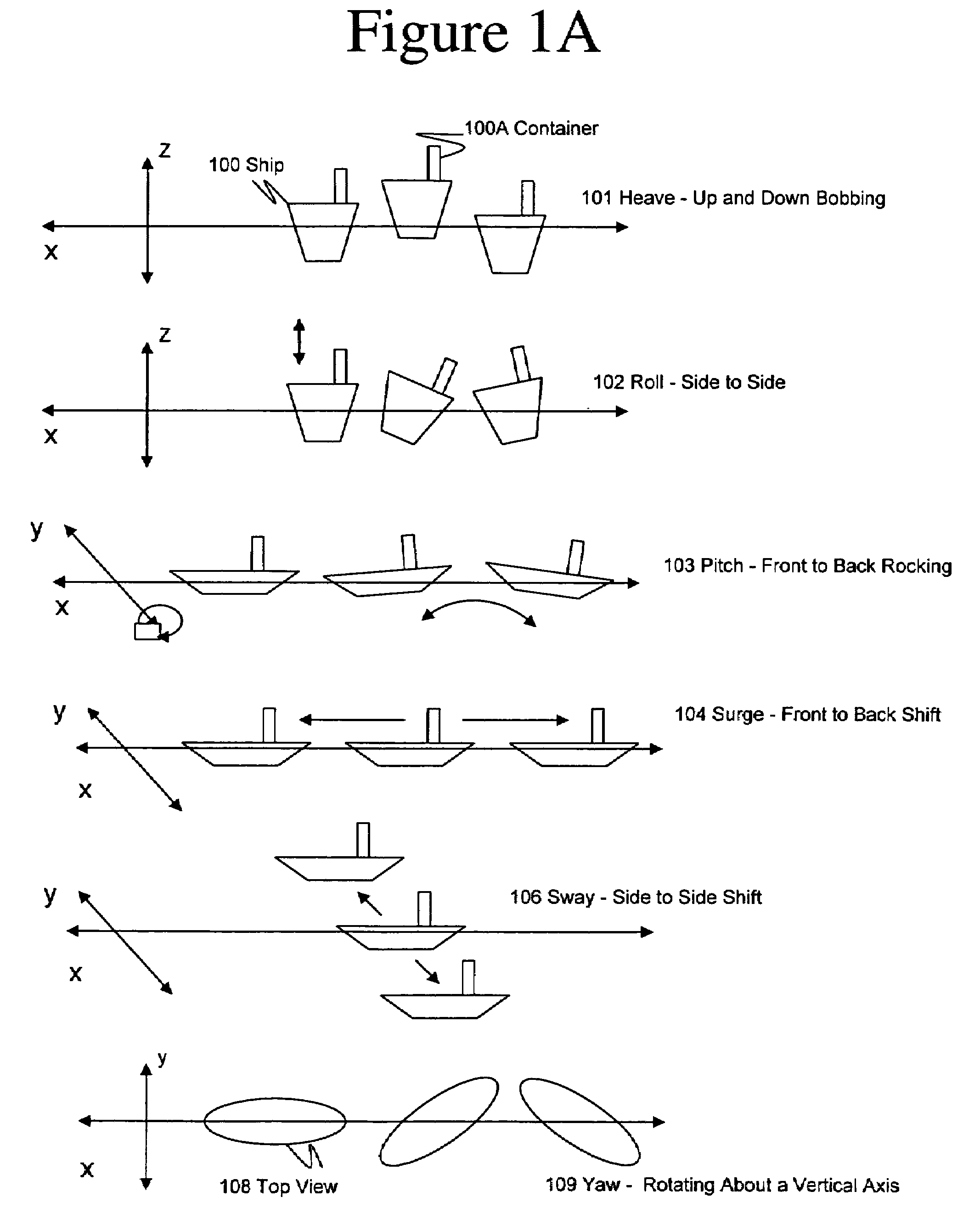Process control architecture with hydrodynamic correction
a technology of hydrodynamic correction and process control, applied in the direction of sealing/packing, instruments, borehole/well accessories, etc., can solve the problems of blenders not being able to completely fill the annulus, the cement setting is too fast, and the blender can possibly run empty, so as to achieve the effect of providing stability to the overall system
- Summary
- Abstract
- Description
- Claims
- Application Information
AI Technical Summary
Benefits of technology
Problems solved by technology
Method used
Image
Examples
Embodiment Construction
[0035]The numerous innovative teachings of the present Application will be described with particular reference to the presently preferred embodiment (by way of example, and not of limitation).
Physical System and Model
[0036]FIG. 2 shows a non-limiting embodiment of some possible components of an exemplary off-shore hydrocarbon well site 200 to which the present innovations can be applied. On the surface of the water, many different components are possible. In one embodiment of the present innovations, a crew ship 201 can be present. In one embodiment of the present innovations, drilling ship 203 can be present and such a ship has a drilling mud preparation processing operation on-board to which some or all of the present innovations can be applied. In one embodiment of the present innovations, fracturing ship 205 can be present and has a fracturing fluid preparation processing operation to which some or all of the present innovations can be applied. In one embodiment of the present i...
PUM
 Login to View More
Login to View More Abstract
Description
Claims
Application Information
 Login to View More
Login to View More - R&D
- Intellectual Property
- Life Sciences
- Materials
- Tech Scout
- Unparalleled Data Quality
- Higher Quality Content
- 60% Fewer Hallucinations
Browse by: Latest US Patents, China's latest patents, Technical Efficacy Thesaurus, Application Domain, Technology Topic, Popular Technical Reports.
© 2025 PatSnap. All rights reserved.Legal|Privacy policy|Modern Slavery Act Transparency Statement|Sitemap|About US| Contact US: help@patsnap.com



